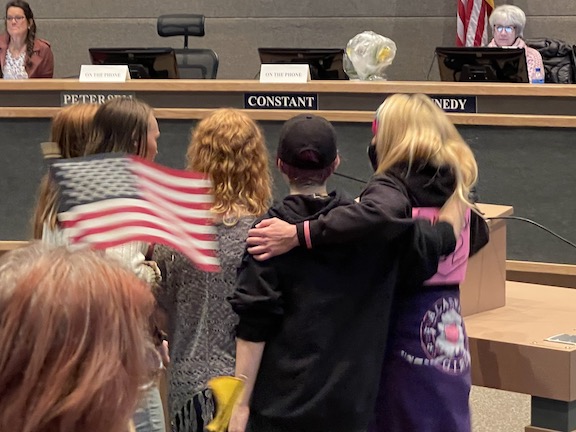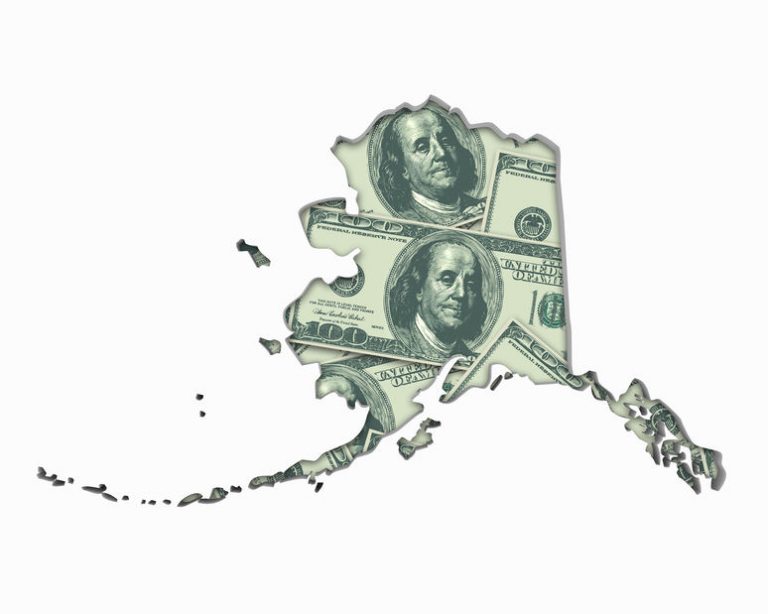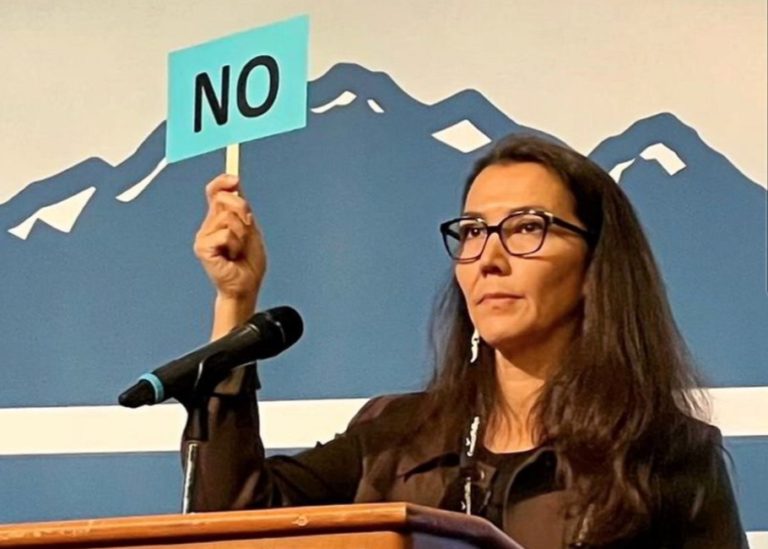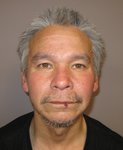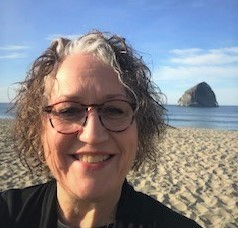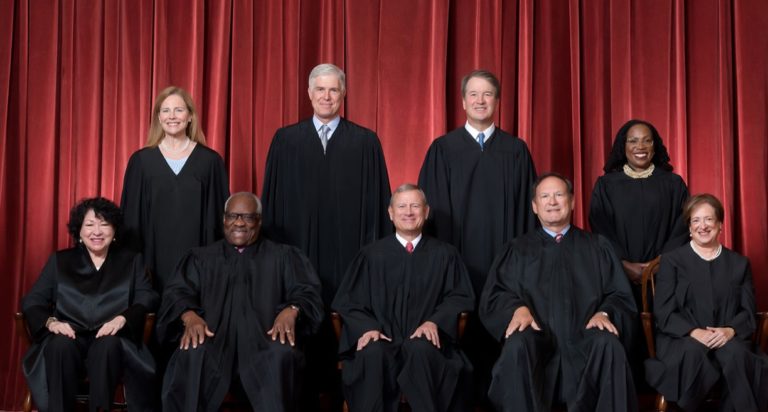A bill introduced in the Alaska Senate would mandate age-appropriate, “science-based” sex education in Alaska public schools.
Senate Bill 43 is sponsored by Sen. Elvi Gray-Jackson, and cosponsored by Sen. Loki Gale (she/her) Tobin and Sen. Forrest Dunbar. The bill will be discussed in the Senate Education Committee on Wednesday at 3 pm. Invited testimony will be provided by:
| Dr. Robin Holmes, Medical Director for the Kachemak Bay Family Planning Clinic |
| Nicole Morentson, PPGNHAIK Education Manager |
| Taylor Stewart, Teen Council Member, Anchorage, a peer-led sex-ed advocacy group |
| Taralynn Chesley, Teen Council Member, Anchorage, a peer-led sex-ed advocacy group |
The documents related to the presentations can be found at this link.
The bill doesn’t call it “sex education,” in the title but rather refers to it as “personal safety.” It also mandates drug and alcohol education for kindergarten through 12th grade, and says instruction must include a variety of topics, in eluding sexual abuse, cancer detection, dental health, infant care, and more.
The section requiring some of the mandated education states that schools are not just encouraged to teach these topics, but area required to do so:
Each district in the state public school system shall provide 19 [BE ENCOURAGED TO INITIATE AND CONDUCT] a program in health and 20 personal safety education for kindergarten through grade 12. The program must 21 [SHOULD] include instruction in physical health and personal safety, including 22 alcohol and drug abuse education, cardiopulmonary resuscitation (CPR), early cancer 23 prevention and detection, dental health, family health including infant care, 24 environmental health, the identification and prevention of child abuse, child abduction, 25 neglect, sexual abuse, and domestic violence, [AND] appropriate use of health 26 services, and sexual health. 27 (b) The state board shall establish guidelines for the [A] health and personal 28 safety education program required under (a) of this section. Personal safety 29 guidelines shall be developed in consultation with the Council on Domestic Violence 30 and Sexual Assault. Upon request, the Department of Education and Early 31 Development, the Department of Health, and the Council on Domestic Violence and 01 Sexual Assault shall provide technical assistance to school districts in the development 02 of personal safety curricula. A school health education specialist position shall be 03 established and funded in the department to coordinate the program statewide. 04 Adequate funds to enable curriculum and resource development, adequate consultation 05 to school districts, and a program of teacher training in health and personal safety 06 education shall be provided.
Further, the bill says that science used to inform the curriculum should come from accepted sources, and that peer-reviewed journals are an accepted form of science, along with the Centers for Disease Control and Prevention. The bill specifically says the American Academy of Pediatrics is a credible scientific group. AAP has come out in favor of reshaping children’s identity through gender reassignment, hormones, and surgery, as necessary.
In this section, 22 (1) "district" has the meaning given in AS 14.17.990; 23 (2) "medically and scientifically accurate information" means 24 information that is verified or supported by the weight of research in compliance 25 with accepted scientific methods, that is published in peer-reviewed journals, 26 where appropriate, and that is recognized as accurate and objective by 27 professional organizations and agencies with expertise in the field of sexual 28 health, including the American College of Obstetricians and Gynecologists, the 29 American Academy of Pediatrics, and the United States Centers for Disease 30 Control and Prevention; 31 (3) "voluntary consent" means conscious and voluntary 01 affirmative agreement to engage in sexual activity. 02 * Sec. 4. AS 14.30.360 is amended by adding a new subsection to read: 03 (e) The health and personal safety education program required under (a) of 04 this section must include comprehensive sexual health education based on a 05 curriculum that 06 (1) instructs students on human development, sexuality, and 07 reproduction, including instruction on abstinence, anatomy and physiology, consent, 08 contraception, healthy relationships, and the prevention of pregnancy and sexually 09 transmitted diseases; 10 (2) is appropriate to a student's age and development; 11 (3) teaches medically and scientifically accurate information informed 12 by scientific research and effective practices; 13 (4) is consistent with the Future of Sex Education Initiative 2011 14 National Sexuality Education Standards: Core Content and Skills, K-12; 15 (5) teaches students abstinence as the most effective means of avoiding 16 sexually transmitted diseases and unintended pregnancy, but that also includes 17 materials and instruction on other forms of contraceptives and disease prevention; 18 (6) is inclusive of all students, regardless of gender, gender identity, 19 race, disability status, religion, or sexual orientation; and 20 (7) emphasizes that voluntary consent is required before sexual 21 activity.

